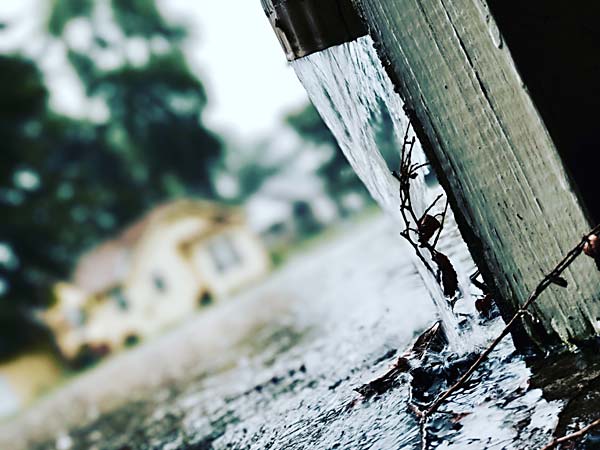With two major hurricanes largely past and more on the way, it’s very important that you learn all you can about flood insurance. There are a lot of myths out there so we’re going to set the record straight. Even if you are not a good candidate for flood insurance you should, at least, understand your options before deciding. In this piece, we’ll cover what you need to know about flood insurance.

First off, FEMA calls the shots. FEMA stands for Federal Emergency Management Agency. It’s only been around since 1978 but in today’s world, they have more power than you might think. Their primary job is to respond to disasters here in the U.S.
One program they oversee is the National Flood Insurance Program (NFIP). More on this in a bit but they also maintain all the floodplain maps. These floodplain maps have a great deal to do with how flood insurance rates are determined.
So let’s stop wasting time and bust some myths!
Myth #1: My homeowner’s insurance covers flood damage
This is the best starting point because there are tens of thousands of homeowners across the country that either, believe this myth is true or they simply don’t know how flood insurance works.
According to Becky Hedgspeth with Epic Insurance Solutions, “The standard homeowner policy does not include flood damage. That is a separate policy.”
Hedgspeth is quick to add, “There is an endorsement for standard policies called ‘Back-up of Sewers & Drains’ that can be added that covers certain types of water damage but not due to a flood.”
That brings us to our next myth.
Myth #2: Flood insurance covers all water damage
Not so fast! Just because you have flood insurance doesn’t mean it covers all types of water damage. Here’s the takeaway:
Different types of water damage require different types of insurance.
Your standard homeowner policy likely covers water damage due to a leaky pipe. If you have the “Back-up of Sewers & Drains” endorsement, you will be covered if the sump pump or drains back up and water damage occurs in your basement. In this case, you might be looking for flood services in your area to help correct the problem.
But, if you are looking out your front windows and see an expanse of water where your front lawn used to be, only flood insurance is going to help you then.
Myth #3: Flood plain maps don’t change
Let’s look at another scenario. You buy your home understanding that it’s definitely not in the flood plain, so you’re good, right? The answer might not be the one you want. Wrong! They change all the time… and they’ll be changing a great deal after both Harvey and Irma have passed through and caused such damage.
Flood plain maps do change. FEMA runs the show and every insurance company uses their data to create rates for flood insurance policies. In reality, the flood insurance product you are purchasing is essentially being sold by FEMA.
Bet you didn’t know that!
Myth #4: In order to purchase flood insurance you must live in a floodplain
While it’s true anyone who uses a loan to purchase a house that is in the flood plain will be required by their lender to purchase flood insurance, anyone owning a home outside the flood plain may also buy it if they wish.
“Rates for flood insurance are much lower the farther the property is from the nearest flood plain,” says Hedgspeth. So, it might make sense to purchase flood insurance if it gives you some added peace of mind when you’re lying in your bed and hearing bad weather reports on your radio. It’s really up to you to decide if you want it or not.
Myth #5: Flood insurance will replace my house in the event of a flood
Not so fast there… it’s crucial for you to understand the limits and exclusions of flood insurance. From FEMA’s own website:
Homeowners can insure a home for up to $250,000 and its contents for up to $100,000.
That’s it? $250,000?! What if my home is worth $450,000? Sadly, that’s currently the highest value for flood insurance. There’s currently an effort by certain groups, including the National Association of Realtors (NAR), to make some changes to National Flood Insurance Program. President Trump just signed an extension of the current program to run through December 8, 2017. After that, we could see major changes coming.
But until that value is increased, $250,000 is all you will get back from the insurer if your home is destroyed by a flood, no matter its current market value.



